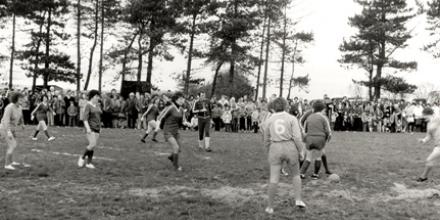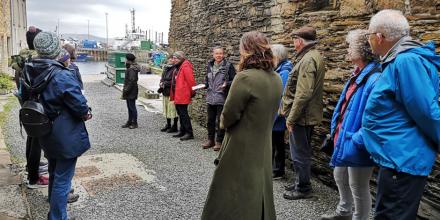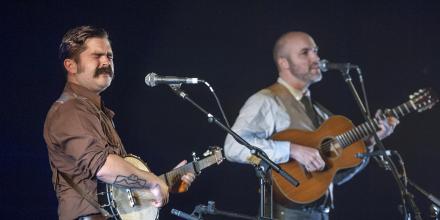Dumfries Rood Fairs
Twice a year, in March and September, Dumfries hosts one of the oldest street fairs in the world. The 'Rood Fair' has adapted to modern tastes, containing fair ground rides such as carousels, ferris-wheels, helter-skelters, as well as a 1953 Coronation Waltzer (which was built and maintained by several generations of showpeople who work the fairs of the UK). There are also food and competition stalls, an arcade, and other entertainments. History The earliest record of the fair is from a charter dated ... Read More




![Kirkwall Ba' Game (copyright: John P. Shearer [ of Orkney]) Kirkwall Ba' Game (copyright: John P. Shearer [ of Orkney])](https://ichscotland.org/sites/default/files/styles/entry_image_teaser/public/entry-images/Kirkwall.jpg?itok=IX2gpLyo)















